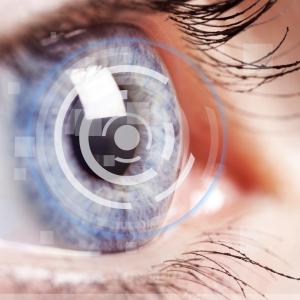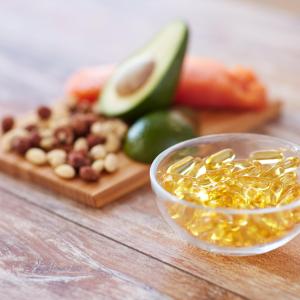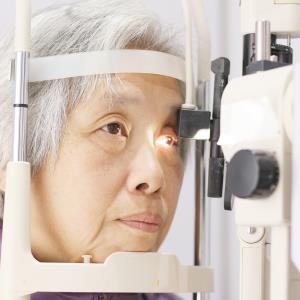News & Updates
Filter by Specialty:

Skipping breakfast protects against age-related macular degeneration
Older people who intermittently fast by skipping breakfast appear to have a reduced risk of age-related macular degeneration, a study has found.
Skipping breakfast protects against age-related macular degeneration
14 Jul 2022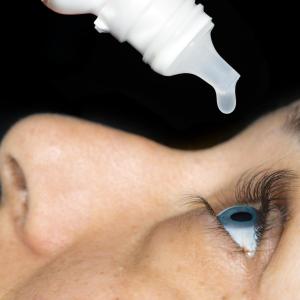
Tear film breakup time tied to choroidal thickness, axial length in kids with DED
In children with dry eye disease (DED) symptoms, there appears to be a significant association between tear film breakup time and choroidal thickness, which in turn is correlated with axial length, a recent study has found.
Tear film breakup time tied to choroidal thickness, axial length in kids with DED
09 Jul 2022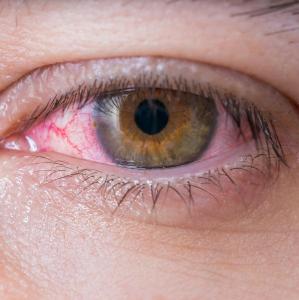
Increasing age, higher IOP tied to primary angle-closure disease in Asians
The incidence of primary angle-closure disease (PACD) in a multi-ethnic Asian population is 3.50 percent over 6 years, a study has shown. Increasing age, higher intraocular pressure (IOP), and shallower anterior chamber contribute to the increased risk of incident PACT, while late posterior subcapsular cataract (PSC) is associated with a lower likelihood of developing PACD.
Increasing age, higher IOP tied to primary angle-closure disease in Asians
29 Jun 2022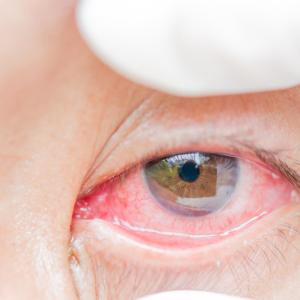
Netarsudil use for glaucoma may cause punctal stenosis
Use of topical netarsudil 0.02% for the treatment of glaucoma results in the development of reversible punctal stenosis, a recent study has found. This inflammation-mediated stenosis can cause tearing and related symptoms and may lead to treatment discontinuation with sufficient severity.
Netarsudil use for glaucoma may cause punctal stenosis
28 Jun 2022
Lutein/zeaxanthin an appropriate substitute for beta carotene in AREDS2
Supplementation with lutein/zeaxanthin instead of beta carotene is safe and does not contribute to an increase in lung cancer risk while having a potential beneficial effect on the risk of progression to late age-related macular degeneration (AMD), according to data from the Age-Related Eye Disease Study 2 (AREDS2) study.
